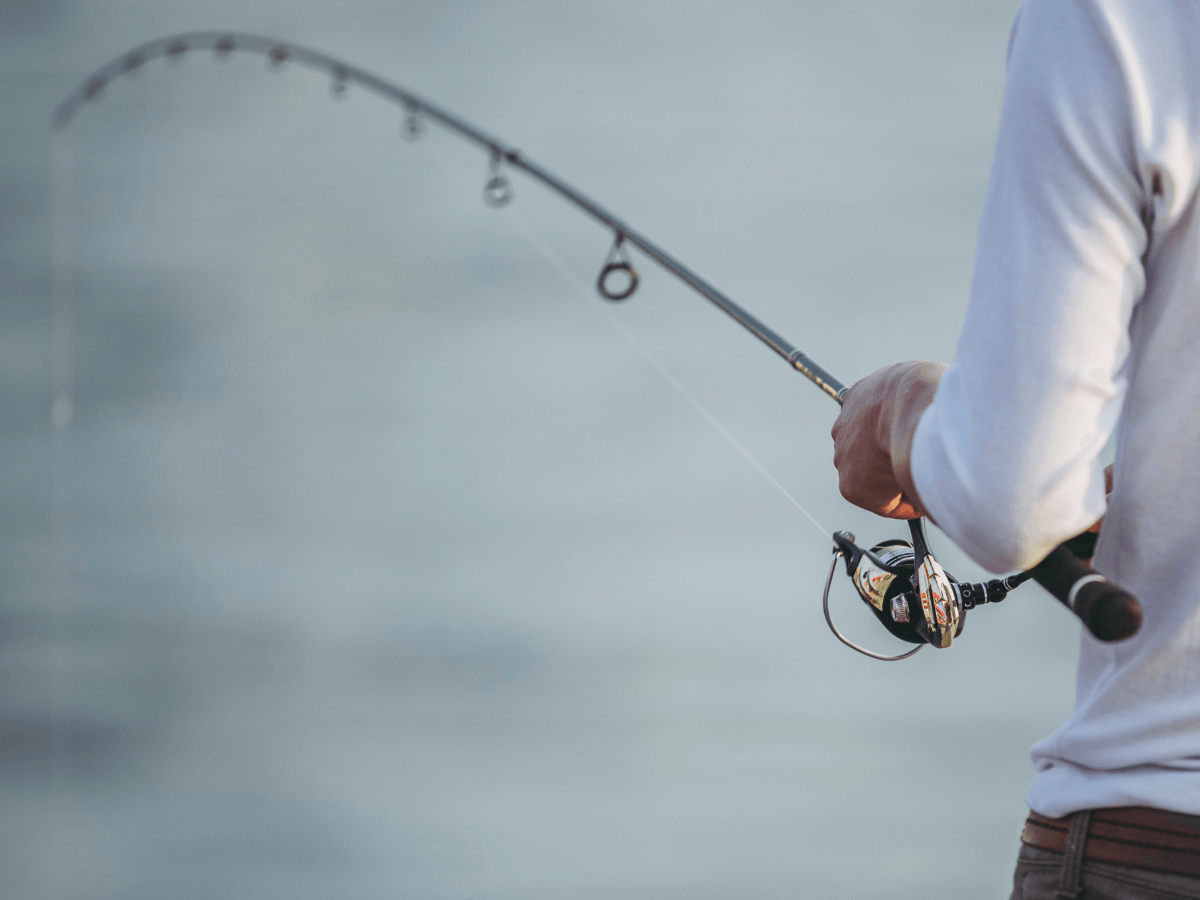
Nowadays, no matter what fishing technique you use for sea bass, the fluorocarbon is a fishing line widely used. Its discretion, strong abrasion resistance and low elasticity are very popular.
The seabass is a fish much appreciated by fishermen and gourmets alike. This fine-fleshed fish is very combative and can be found all along the French coast. However, sea bass stocks are declining every year. That's why it's important to respect the quotas imposed and to fish in a sensible way to ensure that the pleasure of fishing lasts.
This fish can be caught from the shore, in harbours, from beaches or by boat. Its wide-ranging diet means it can be fished using a variety of techniques:
- fishing with lures (traction, linear, surface, scraping on the bottom, with soft lures or swimming fish...)
- surfcasting fishing
- fly fishing (mainly streamers)
Why choose fluorocarbon for bass fishing?
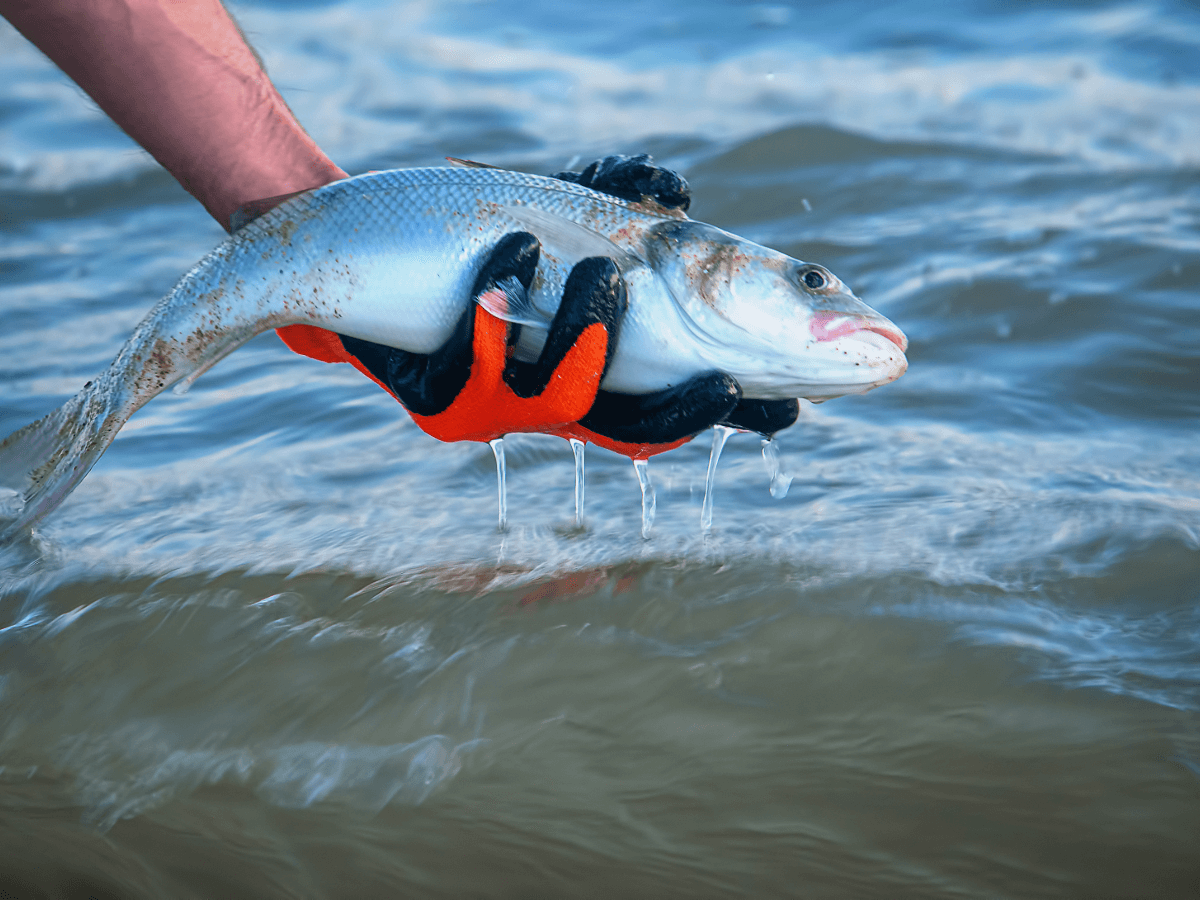
Le bar is a carnivorous fish that is widely distributed throughout France. Sea bass can be fished from ports, the rocky coasts, the beaches, in the oyster beds, in the bouchots, this fish inhabits all types of biotope, from the most crowded to the most vast. This fish inhabits all types of biotope, from the most overcrowded to the most vast, which does not always make it easy to put together rigs and choose the technique to use. Fluorocarbon is an indispensable fishing line when it comes to hooking bass in crowded places, and here's why:
Abrasion- and sun-resistant
Le fluorocarbon is a fishing line resistant in every way! Abrasion-resistant and UVs, it is perfectly suited to sea fishing. The saltwater environment is extremely damaging to fishing equipment. Salt gets everywhere and is highly corrosive to rods and reels. UV rays literally cook our lures, but also some of our fishing lines. Fluoro is spared UV rays. This is why anglers in surfcasting for long hours of beach fishing. It's also great for fishing in bouchots or oyster beds.
Perfect for restraining fish thanks to its low elasticity
Tackling congested areas rocks and others obstacles is no simple matter. You need to keep total control of the fight so as not to let the bass get lodged in obstacles and risk losing it. In mud flats and oyster beds, the low elasticity of your fishing line is an essential quality. By using it as a leader following your braid, you'll build a strong rig to get the hook effectively into the fish's mouth.
Discreet below the water's surface
Visit sea, the water can be very clear. Discretion is essential in this type of situation! The sea bass is an intelligent fish that is caught a lot. It is increasingly Educated and is therefore wary of the elements around it. Fluoro has an index of refraction to light close to that of water. So, below the surface, it is very inconspicuous. You'll love it for catching these fish in summer when visibility is high.
How do I use fluorocarbon ?
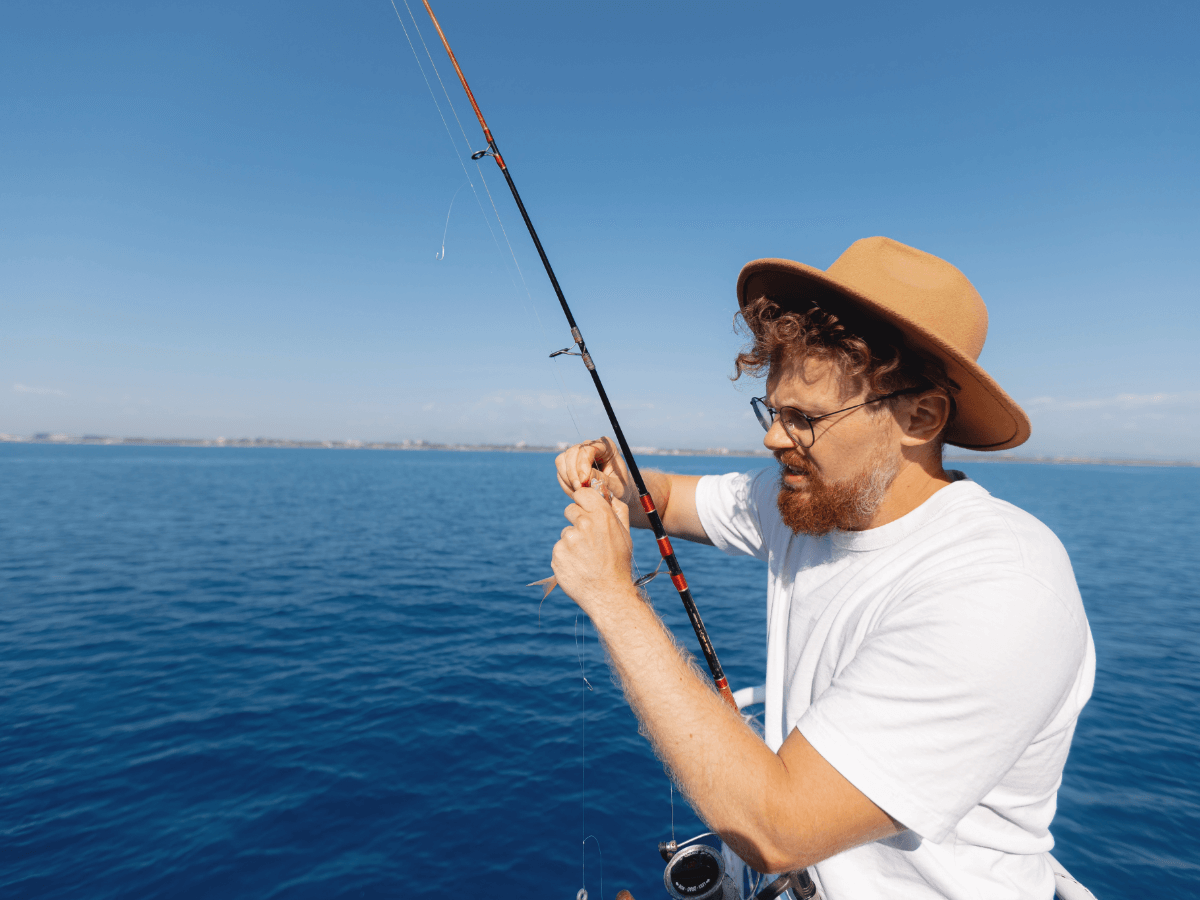
It can be used as a line body to fill a reel or leader. Using fluoro as a line body is an unusual practice. The practice is common among surfcasters and black bass anglers.
In surfcasting, this allows you to limit the number of knots connected on their assembly to reduce the risk of breakage.
For black bass fishing, it allows you to fish through obstacles without braid while retaining maximum flexibility and firmness.
Whether you're fishing for bass, pollack, pike, perch or pike-perch on lures, it's mainly used as a leader following a braid to improve clarity. The length of the leader varies according to the clarity of the water and the diameter used. If you're using a large size, choose a short leader so that the knot doesn't have to pass through the rings. Otherwise, a length of 1 to 2 metres is more than enough to remain discreet and fish properly.
How do I choose the right diameter ?
Le bar does not have teeth like a pike. So we're not looking to use a large diameter at all costs. The right diameter of fluoro needs to be strong enough to fight a nice wolf without risk of breakage. It must also be thick enough to resist rubbing against a rock or other obstacle, yet thin and supple enough not to restrict your lure's swimming action.
So what diameter should you choose? To catch bass, we recommend using a fluoro of 25/100 minimum up to 40/100. The size will vary according to the size and weight of your lure. The lighter your lure, the finer and more supple your line will be so as not to restrict its swimming action. Don't forget to choose diameters that match those of your braids to make it easier to tie the knot.
Our selection of fluorocarbon for bass fishing
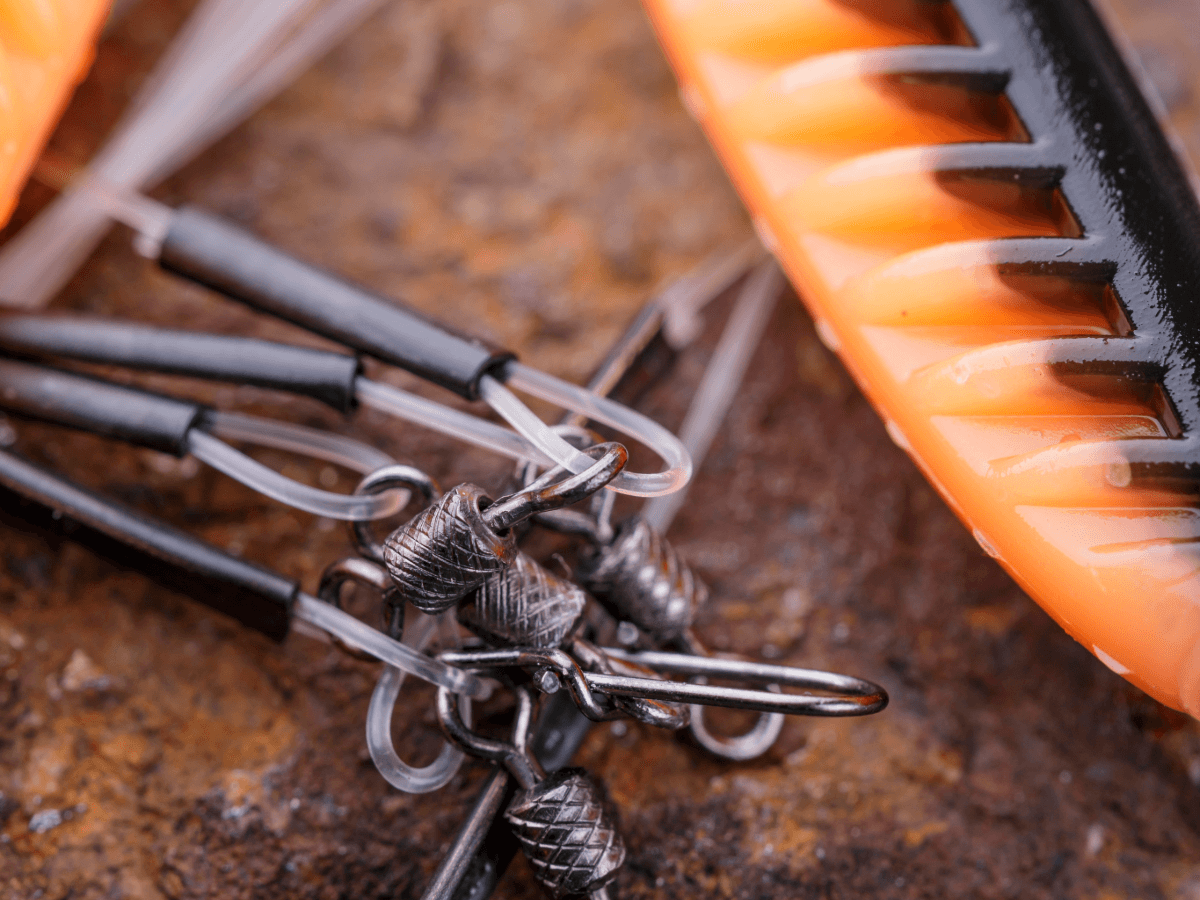
The Seaguar Neox from Yuki
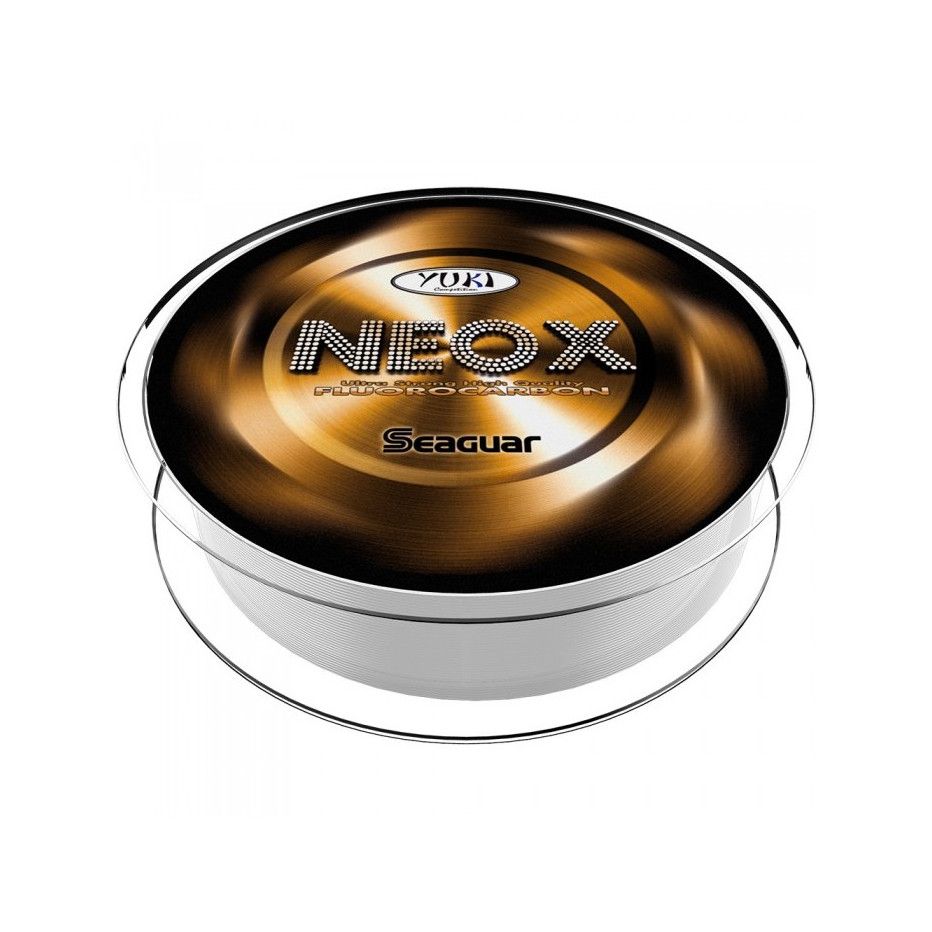
Le fluorocarbon Seaguar Neox the brand Yuki is well known to sea anglers. The brand already manufactures top-quality nylon such as the Invisible 3G Generation. The Seaguar Neox is characterised by its exceptional abrasion resistance compared with other fluorocarbons. This makes it one of the best choices for fishing crowded waters.
Perfect Fluoro from Fiiish
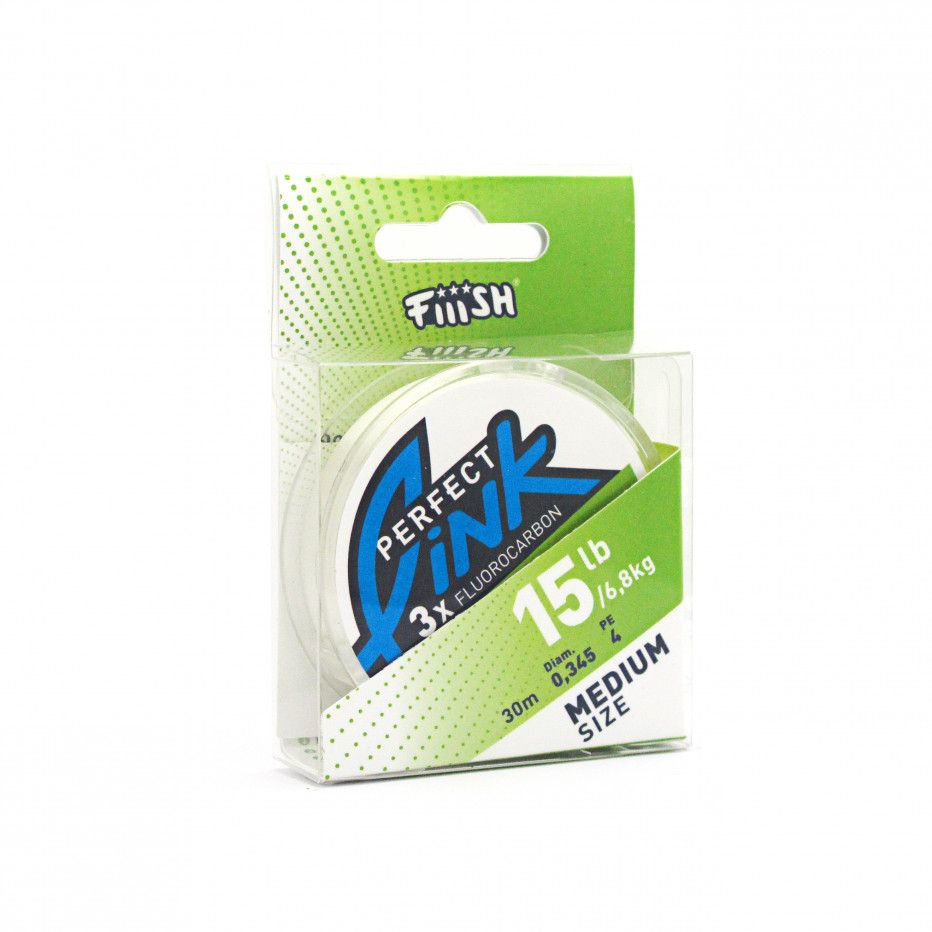
Designed by the French brand Fiiish, the Perfect Fluoro is available in a range of sizes from fairly fine and supple to more powerful. This makes it perfect for fine fishing in rockfishing, in harbours and other small areas. The larger diameters will be appreciated when fishing for these marine fish with bigger lures but also in more crowded areas on board or on the boat.
Olltolos from YGK
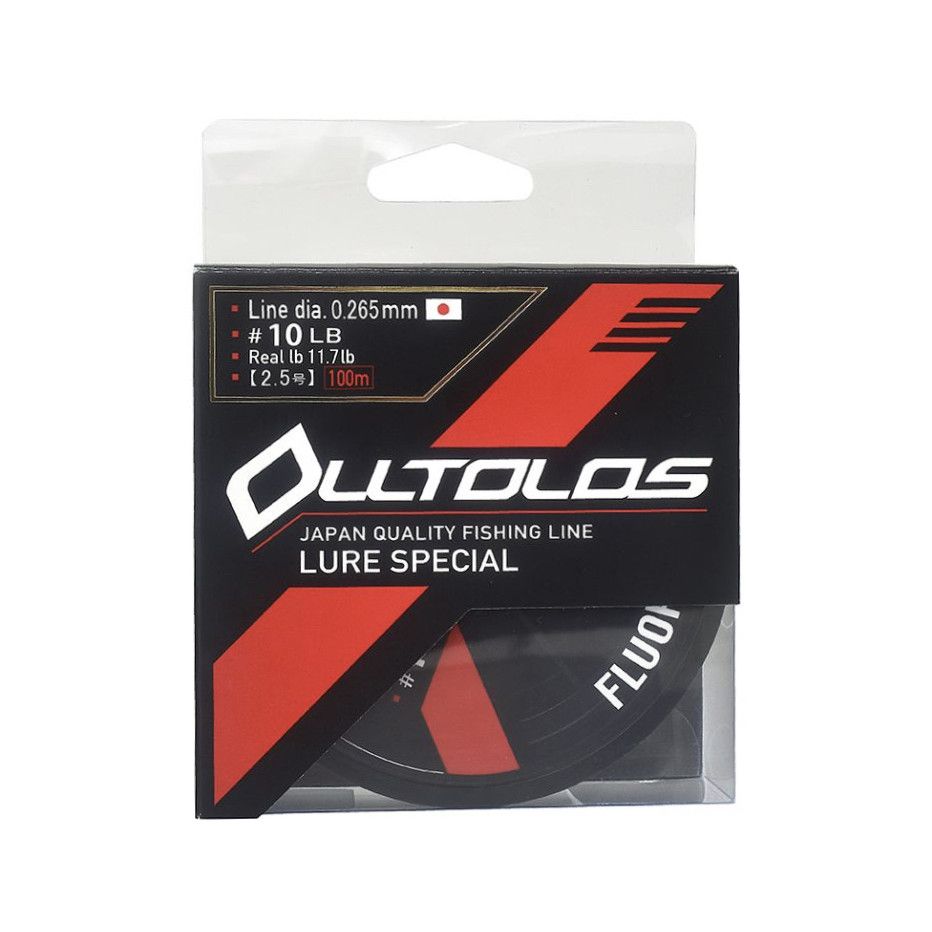
Le Olltolos from YGK is a Japanese fluorocarbon packaged in 100m spools. The diameters offered by the brand are perfectly suited to bass fishing. Olltolos remains supple and strong. You can use it to fill a small reel for rockfishing or to make your own leaders.
In a nutshell,
Whether you fish in sea or freshwater, the fluorocarbon is a very interesting line because of its robustness and its ability to withstand repeated rubbing. For fishing bars (or wolves), it has many advantages over nylon, which is more elastic and sensitive to UVs.
The salty environment has a negative impact on equipment such as monofilament, rods and reels. It can be used to fill a reel or to make a leader. It's a versatile fibre that's essential for fishing in congested environments.
You might also like to read :
